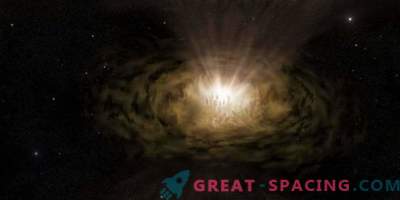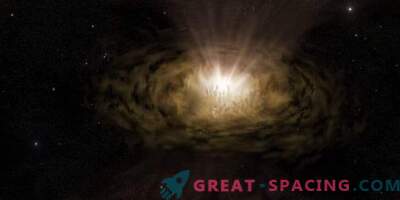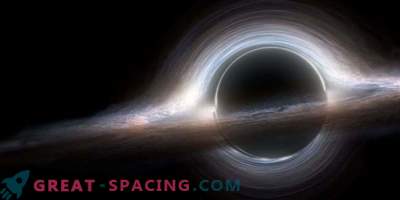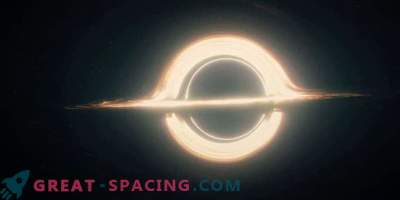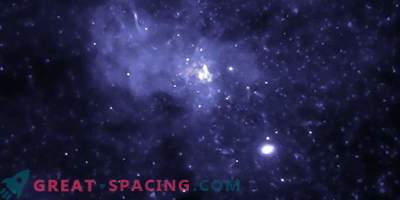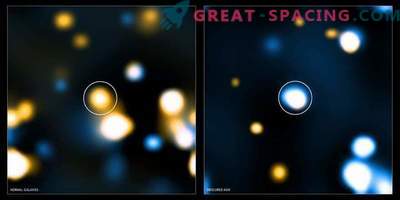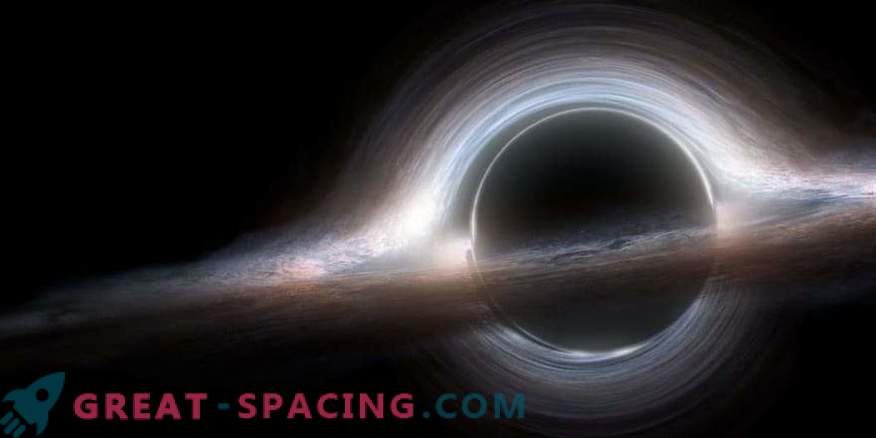
The Hubble telescope captured the Circle galaxy with an active galactic nucleus (AGN). Scientists have determined the sizes of accreting regions around supermassive black holes in four remote AGNs using the reverb display
Supermassive black holes, surpassing solar massiveness millions and billions of times, live in the nuclei of most galaxies, including the Milky Way. Tors of dust and gas rotate around a black hole and send rays in UV light when the material entering the hole heats the disk to a million degrees. Accretion can also cause the release of jets of rapidly moving charged particles. Such holes are called active galactic nuclei (AGN).
When creating a model of physical processes, scientists begin with the movement of gas and the geometry of the region. Gas movement can be determined from emission lines (optical lines of hydrogen) activated by UV radiation. Simple calculations show that the radius of a line emitting gas must be several thousand astronomical units. Most AGNs live too far to determine the parameters, so astronomers rely on the “reverb display” technique. Emissions from an accretion disk vary greatly due to the delay in the continuum and the hydrogen lines.
A team of scientists analyzed the reflection information of the reverberation of four AGNs to consider their geometries. Particularly interested in the volume of hot gas, known for its rapid movements - the area of the wide line. Researchers have noticed that the gas comes from dense disks that are visible almost closely. Their median radii are 1600-4000 a. e. and each contains a black hole (by mass - 70 million solar).
The new analysis allowed much more detailed modeling of events and doubling the number of known AGNs. But the sample is still small and scientists plan to conduct more observations.
